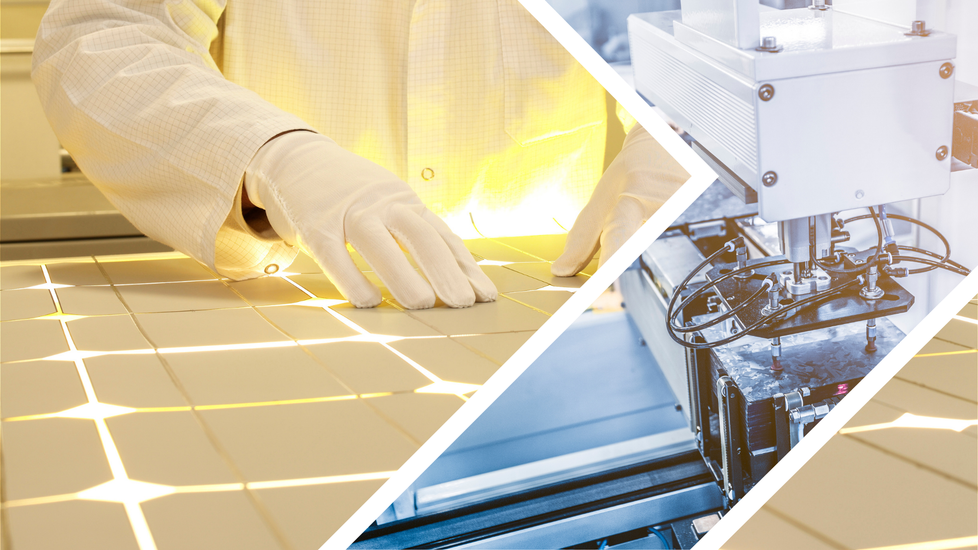Solar Panel Durability: Beyond the Warranty (PID, LID, & More)
Posted by Finn O'Connell, Senior Energy Systems Engineer, Big Shine LED on Jul 7th 2025
Alright, business owners, let's talk solar panel durability. You've seen the long warranties. Great, right? Let’s see makes that panel actually last. What hidden enemies can degrade performance? What makes a product truly robust beyond just words? Let's unpack the real science of solar panel quality.
The Invisible Killers: PID & LID
These aren't supervillains, but they silently steal your power production:
- PID (Potential Induced Degradation): This is a power loss caused by high voltage differences between the solar cells and the panel's frame, especially in humid conditions. It means your panel literally degrades its own power output over time.
- The Fix: Quality manufacturers design panels with special encapsulation materials and cell structures that resist PID. We select panels engineered to withstand these voltage stresses.
- LID (Light-Induced Degradation): This happens in the very first hours of a panel's life, right after initial sun exposure. A small, but permanent, power drop occurs.
- The Fix: Modern manufacturing processes, especially for advanced cell types like PERC and TOPCon, significantly minimize LID. Reputable manufacturers ensure their panels are "stabilized" to account for this initial drop, so your nameplate power is what you actually get.
Demand transparency on both PID and LID testing from your supplier.
The Physical Fortification: Glass, Frame, & Backsheet
Your panel is constantly bombarded. Its physical build is critical:
- Glass Quality: This is your panel's frontline defense. High-quality solar panels use low-iron, tempered glass. It's tough. It handles hail, snow loads, and wind-blown debris. Look for glass with anti-reflective coatings too; they maximize light capture and shed water/dirt better. Cheap glass can micro-crack or haze, killing efficiency.
- Frame Construction: The frame provides structural integrity. High-grade anodized aluminum frames resist corrosion, especially in coastal or humid environments. They also handle the mechanical stresses of wind uplift and snow accumulation. A strong frame prevents warping and protects the delicate cells inside.
- Backsheet Durability: This is the unsung hero on the back. It protects electrical components from moisture, UV radiation, and physical damage. High-quality backsheets prevent delamination and cracking, which are huge long-term failure points.
Extreme Weather Warriors: Testing for the Real World
BSW panels aren't just tested in labs; they're built for real-world beatings. Look for certifications that demonstrate:
- Hail Impact Resistance: Panels are slammed with ice balls (like 1-inch diameter hail at 50 mph). Good panels take a hit and keep on generating.
- Wind Load Ratings: They're tested to withstand hurricane-force winds (often up to 140 mph for standard residential/commercial installs). Your mounting system also plays a huge role here.
- Snow Load Ratings: Panels must bear significant weight (e.g., 112 pounds per square foot). Essential for snowy regions like New York.
- Temperature Cycling & Humidity Freeze: Panels endure rapid swings from extreme cold to scorching heat, and high humidity, ensuring components don't crack, delaminate, or fail under environmental stress over decades.
Beyond the Paper: True Longevity
A warranty covers failures. But true solar panel durability means consistent performance for 25+ years without needing that warranty. It's about proactive engineering, robust materials, and rigorous testing. Big Shine Worldwide solar modules meet these tough standards. We prioritize products where solar panel quality means peace of mind and maximum long-term energy savings. Your investment demands nothing less.

